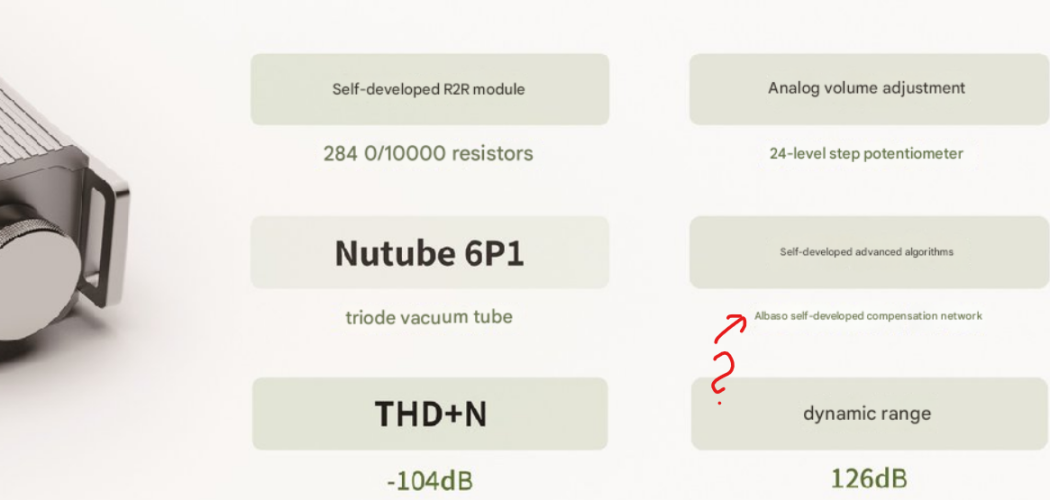- Joined
- Oct 14, 2013
- Posts
- 29,299
- Likes
- 35,253
Oh, and also the Host devices as well, which will need USB with a specific similar FPGA for usb music only, which you can not find anywhere. For example, I build my Raspberry and PC, I could never found a USB sound card by PCIe that bypassing USB host identification. I gave that up. The AudioGD DAC has FPGA on the usb input sides, but that didn’t help the USB eitherAh, now it is much clearer. I am glad we got it out of the way. In this front of USB interfaces and DDC, the frontman of the USB is a universal chips that identify the function and define the features of the port then forward it toward the device. The only way to bypass this and improve USB interfaces would be to have your own FPGA ordered up and engineered it so that it will only pull and perform functions relating to the devices needs and nothing else (digital music only?)
It will be very expensive in development and fabricating such. I have not yet seen such thing from any manufacturer, I do hope that it will come to that one day. Because USB needs to be compatible to all kind of Operating systems as an example, using the already existing IC for everything is a lot more efficient, also avoid complications and bugs. Sadly, USB never cared about radio/digital music by itself
And you are totally correct here. The only way to have USB dedicated function port of Music would be to use a PCIE PC with a specific USB sound card, even so, the sound card still have to have an identification universal bus to perform it task. Though much improved over the general USB, you will still have inferior interfaces and performances. It is just the nature of it beingIt might be interesting to look at this subject of USB implementation from a different angle, that being USB output. A lot of people believe that using a mobile phone as a source will give optimum results.
Unfortunately this is not the case. Mobile phone and laptop manufacturers in general are not particularly bothered about audio output through a USB and will employ the most cost effective solution.
Coax and I2S is all direct and dedicated toward music, with I2S being a much more sensitive connections than Coax, while both are similar in performances. However, I2S and Optical are stuck at 198Khz max or so, as the technology has never progressed any further and being abandoned. There is not enough demand for it.
Yes but then why build "transportable" DAC/AMPs that will obviously mostly be fed by phones, tablets and portable computers? A few but not a lot of people will buy a DAP to then feed a transportable DAC/AMP.
Your limits here would be your phones / tablets usb out interfaces as a host devices. Even if Ibasso could fabricate an FPGA toward music alone for USB interfaces here.
Last edited:





















